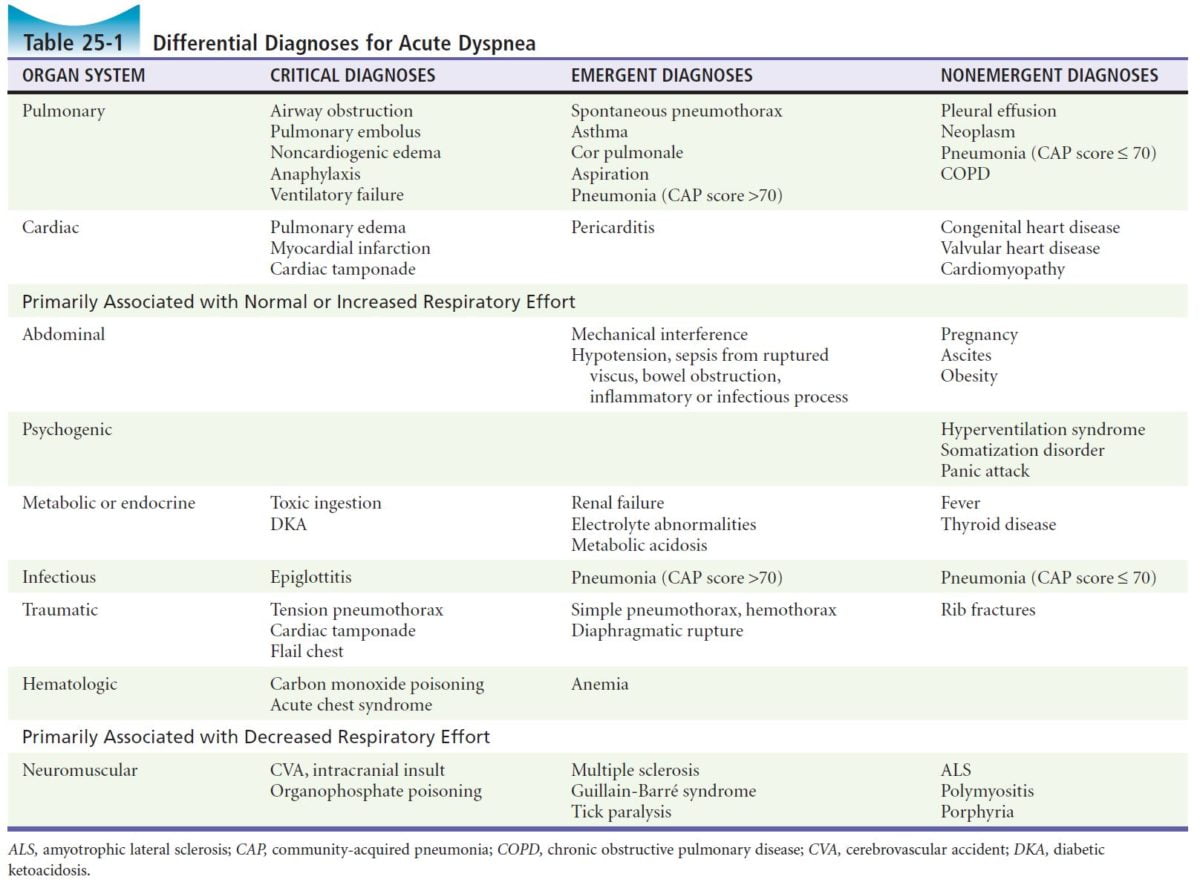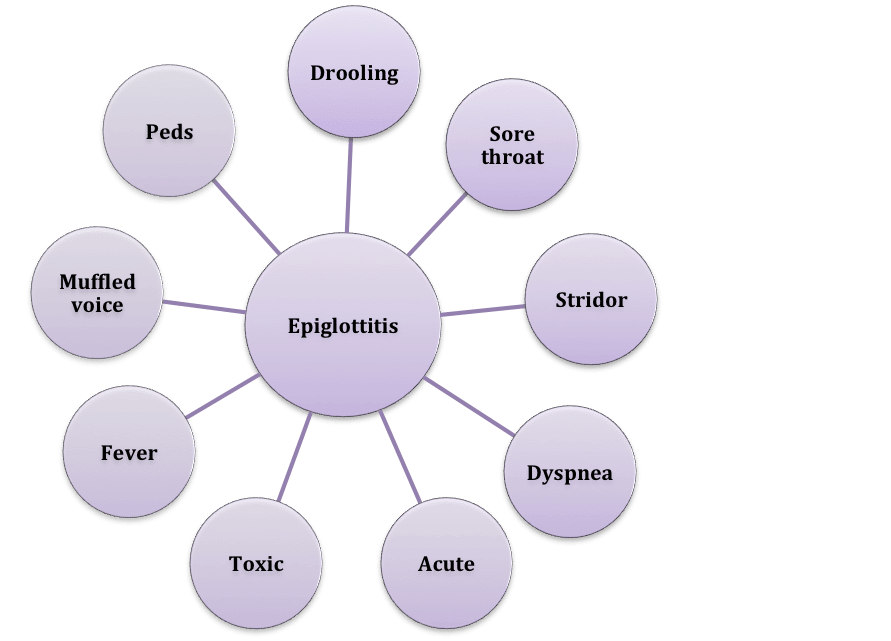Epiglottitis, often abbreviated as EI, is a serious medical condition characterized by inflammation and swelling of the epiglottis, a small but crucial structure in the throat. The epiglottis acts as a flap that prevents food and liquid from entering the windpipe during swallowing. When it becomes inflamed, it can obstruct the airway, leading to potentially life-threatening complications. This article delves into the causes, symptoms, diagnosis, and treatment options for this condition.

What is Epiglottitis?
Epiglottitis refers to the inflammation of the epiglottis, which is located at the base of the tongue. This condition was once most commonly seen in children, but thanks to widespread vaccination programs, its incidence has significantly decreased in pediatric populations. However, adults are still susceptible to this condition, particularly those with weakened immune systems or underlying health issues.
The Role of the Epiglottis
The epiglottis plays a vital role in protecting the respiratory system. During swallowing, it folds backward to cover the opening of the windpipe, ensuring that food and liquids enter the esophagus instead of the lungs. When the epiglottis becomes swollen, it may not function properly, increasing the risk of choking or breathing difficulties.
Causes of Epiglottitis
Epiglottitis can arise from various causes, ranging from bacterial infections to injuries. Understanding these causes is essential for prevention and early intervention.
Bacterial Infections
- Hemophilus influenzae type b: Before the introduction of the Hib vaccine, this bacterium was the leading cause of epiglottitis in children. Although vaccination has drastically reduced cases, unvaccinated individuals remain at risk.
- Streptococcus pneumoniae: This bacterium is another common culprit behind epiglottitis. It can also cause other respiratory infections, such as pneumonia.
- Staphylococcus aureus: Known for causing skin infections, this bacterium can also infect the throat and lead to epiglottitis.
Viral Infections
While less common than bacterial infections, viruses such as herpes simplex virus and varicella-zoster virus can also trigger inflammation of the epiglottis. These cases are typically milder but still require medical attention.
Trauma and Injury
Physical trauma to the throat, such as burns caused by swallowing hot liquids or inhaling toxic fumes, can irritate the epiglottis and lead to inflammation. Additionally, foreign objects lodged in the throat can cause similar damage.
Other Causes
- Fungal Infections: Individuals with weakened immune systems, such as those with HIV or undergoing chemotherapy, may develop fungal infections that affect the epiglottis.
- Allergic Reactions: Severe allergic reactions can cause swelling throughout the body, including the throat and epiglottis.
Symptoms of Epiglottitis
The symptoms of epiglottitis can develop rapidly and vary depending on the age of the individual. Recognizing these signs early is critical for preventing complications.
In Children
- High Fever: A sudden spike in body temperature is often one of the first signs of infection.
- Sore Throat: Children may complain of severe pain when swallowing or refuse to eat altogether.
- Drooling: Due to difficulty swallowing, saliva may accumulate in the mouth, leading to drooling.
- Muffled Voice: Swelling of the epiglottis can alter the sound of the voice, making it quieter or more hoarse.
- Difficulty Breathing: As the airway narrows, children may exhibit rapid breathing, stridor (a high-pitched wheezing sound), or cyanosis (bluish discoloration of the skin).
In Adults
- Severe Sore Throat: Pain is usually localized to the throat and worsens over time.
- Painful Swallowing: Adults may find it increasingly difficult to swallow even liquids.
- Fever and Chills: Systemic signs of infection, such as fever and chills, are common.
- Voice Changes: Hoarseness or a muffled tone may occur due to swelling near the vocal cords.
- Breathing Difficulties: Stridor and shortness of breath indicate significant airway obstruction.
Diagnosis of Epiglottitis
Due to the potential severity of epiglottitis, prompt and accurate diagnosis is crucial. Healthcare providers rely on clinical evaluation, imaging studies, and laboratory tests to confirm the presence of this condition.
Clinical Evaluation
A healthcare provider will begin by assessing the patient’s symptoms and conducting a physical examination. They may observe signs such as drooling, stridor, or a preference for sitting upright with the neck extended to ease breathing. However, direct inspection of the throat using a tongue depressor is avoided in suspected cases, as it could exacerbate airway obstruction.
Imaging Studies
- X-rays: A lateral neck X-ray may reveal an enlarged epiglottis, often described as having a “thumbprint” appearance.
- CT Scans: Computed tomography provides detailed images of the throat and can help rule out other conditions causing similar symptoms.
Laboratory Tests
- Blood Tests: Elevated white blood cell counts suggest an active infection.
- Throat Cultures: Samples taken from the throat can identify the specific bacteria or virus responsible for the inflammation.
Treatment Options for Epiglottitis
Treatment for epiglottitis focuses on stabilizing the airway, managing symptoms, and addressing the underlying cause of the inflammation. Immediate medical intervention is necessary to prevent complications.
Airway Management
If there is any indication of airway obstruction, securing the airway takes priority. This may involve:
- Oxygen Therapy: Providing supplemental oxygen helps maintain adequate oxygen levels in the blood.
- Intubation: Inserting a tube through the nose or mouth into the trachea ensures a clear passage for airflow.
- Tracheostomy: In severe cases where intubation is not possible, a surgical opening is created in the neck to access the windpipe directly.
Antibiotics
If a bacterial infection is confirmed, antibiotics are administered intravenously to combat the pathogens. Commonly used medications include:
- Ceftriaxone: Effective against Hemophilus influenzae type b and other gram-negative bacteria.
- Ampicillin-Sulbactam: Combines two drugs to target a broader range of bacteria.
Antiviral Medications
For viral causes, antiviral drugs may be prescribed to reduce the severity and duration of the illness. Examples include acyclovir for herpes simplex virus infections.
Supportive Care
Additional measures to support recovery include:
- Hydration: Intravenous fluids are given to prevent dehydration, especially if swallowing is painful.
- Pain Relief: Analgesics such as acetaminophen or ibuprofen alleviate discomfort.
- Monitoring: Continuous observation in a hospital setting ensures timely response to worsening symptoms.
Prevention of Epiglottitis
Preventing epiglottitis involves reducing exposure to infectious agents and minimizing risk factors. Key strategies include:
- Vaccination: The Hib vaccine has been instrumental in reducing the incidence of epiglottitis in children. Ensuring timely immunization is critical.
- Good Hygiene Practices: Regular handwashing and avoiding close contact with sick individuals can lower the risk of infection.
- Avoiding Irritants: Steering clear of smoke, chemicals, and other substances that irritate the throat helps protect the epiglottis.
When to Seek Medical Attention
Epiglottitis is a medical emergency that requires immediate care. If you or someone else experiences the following symptoms, seek help without delay:
- Difficulty breathing or noisy breathing (stridor)
- Severe sore throat accompanied by drooling
- Fever and chills
- Changes in voice or inability to speak clearly
Early recognition and treatment can make all the difference in managing this potentially life-threatening condition.





